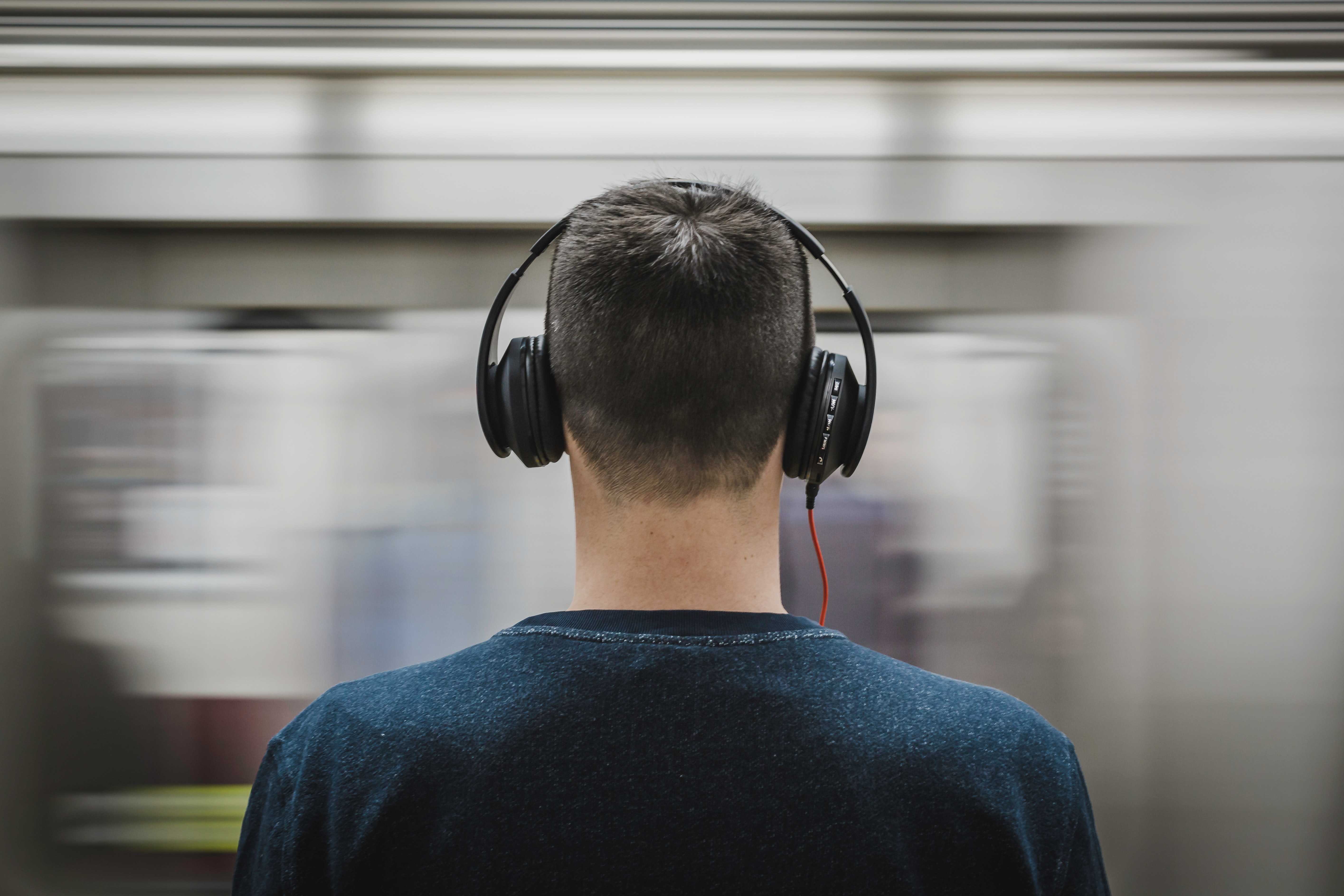What Type of Interference Do Noise Cancelling Headphones Use?
Noise cancellation technology has evolved significantly over the years, providing professionals, especially photographers, an escape from unwanted sounds. In bustling environments, such as photo shoots, where external noise can disrupt concentration and alter emotional responses, understanding the science behind noise cancelling headphones can greatly benefit you. In this article, we will dive deep into the types of interference used by noise cancelling headphones and how they function to create sound sanctuaries for photographers.

The Basics of Noise Cancellation
At its core, noise cancellation technology works through a process known as phase cancellation. This means that the headphones produce sound waves that are the exact opposite of external sounds, effectively neutralizing them. These headphones utilize two primary techniques: passive and active noise cancellation. Let's explore each of these types to grasp their advantages fully.
Passive Noise Cancellation
Passive noise cancellation physically blocks sound from entering your ears. This is typically achieved through the materials used in the headphones. For photographers, using headphones that provide good passive cancellation can reduce ambient noise from the environment while taking pictures. Materials like dense foams or over-ear designs are commonly found in models that excel at this.
Active Noise Cancellation
The more sophisticated method, active noise cancellation (ANC), employs technology to combat external sounds. The headphones contain built-in microphones that pick up surrounding noise. Upon detecting sound, the headphones generate sound waves that are inverted in phase, allowing them to cancel out the unwanted noise. This method is particularly useful in noisy environments, allowing photographers to focus solely on their work without distractions.

Types of Interference Used by Noise Cancelling Headphones
There are two primary types of interference at play when it comes to how noise cancelling headphones eliminate sound:
1. Constructive and Destructive Interference
In the realm of sound waves, interference refers to the way that different waves interact. When dealing with sound, there are two main types of interference: constructive and destructive. Constructive interference occurs when two waves meet and combine to create a higher amplitude, amplifying the sound. In contrast, destructive interference happens when two waves are out of sync (180 degrees opposite), leading to a reduction in overall amplitude or silence. Noise cancelling headphones use destructive interference to eliminate sound.
2. Phase Cancellation
Phase cancellation is a crucial concept in understanding how noise cancelling headphones work. By producing sound waves that are 180 degrees out of phase compared to the external noise, these headphones effectively 'cancel out' unwanted disturbances. This is particularly beneficial for professional photographers who might be shooting in environments such as crowded events or bustling streets. The ability to block out unwanted noise allows for better focus and concentration when capturing those perfect moments.

Noise Isolation vs. Noise Cancellation
It's important to understand the distinction between noise isolation and noise cancellation, another way to enhance the listening experience. While noise isolation physically blocks sound, noise cancellation actively counters it. During a photo assignment in a sonic-heavy environment, both methods play a role in how you interact with your work and the world around you.

Why Professional Photographers Should Consider Noise Cancelling Headphones
As professional photographers, creating a controlled audio environment enhances creativity and productivity. Whether you are at a loud venue taking photos or need to edit undisturbed, noise cancelling headphones are an invaluable tool in your kit.
Investing in high-quality headphones can drastically improve your experience on a shoot. Learning about the best headphones specifically tailored for noisy environments will help you make the right choice.
Popular Brands and Models
The market features several advanced brands known for their noise cancellation capabilities. Brands like Bose, Sony, and Sennheiser are often at the forefront, providing impressive noise cancelling models that enhance a photographer's audio experience. Before purchasing, consider reading reviews and comparisons across different models to find the best options available.
Future Innovations in Noise Cancelling Headphones
The demand for noise cancelling technology among individuals, especially professional photographers, continues to grow. Brands are heavily investing in R&D to further enhance the effectiveness of these headphones. The potential for customizable noise cancellation settings enables users to adapt based on their environment, ensuring optimal performance tailored to the needs of the moment.
Research and Development in Noise Cancelling Headphones
Ongoing research is focused on improving the algorithms used in ANC technology. Innovations may incorporate artificial intelligence to better predict and counteract noise in real-time, which can be a game-changer for those in busy shooting scenarios. You can learn more about how this technology is evolving by checking resources like advanced noises.
Common Issues with Noise Cancelling Headphones
Even with sophisticated technology, users can face challenges with noise cancelling headphones. For example, some models might experience feedback noises or improper cancellation in certain frequencies. Photographers must be aware of these issues to ensure they choose the right headphones for their work environment.
Frequently Asked Questions
1. Do noise cancelling headphones affect sound quality?
While they are designed to block out noise, high-quality noise cancelling headphones typically maintain or even enhance sound quality. However, in some cheaper models, the sound may be distorted.
2. Can noise cancelling headphones cause ear fatigue?
Some users report ear fatigue or discomfort after prolonged use. It's essential to take breaks and ensure these headphones fit well to minimize discomfort.
3. Are noise cancelling headphones beneficial for video editing?
Absolutely! They allow you to focus on audio details without the distraction of external sounds, leading to a more precise audio editing experience.
As an Amazon Associate, I earn from qualifying purchases.

